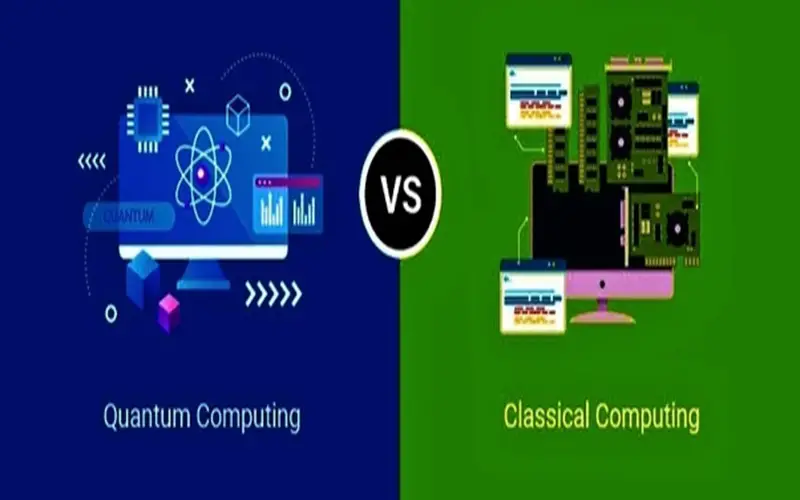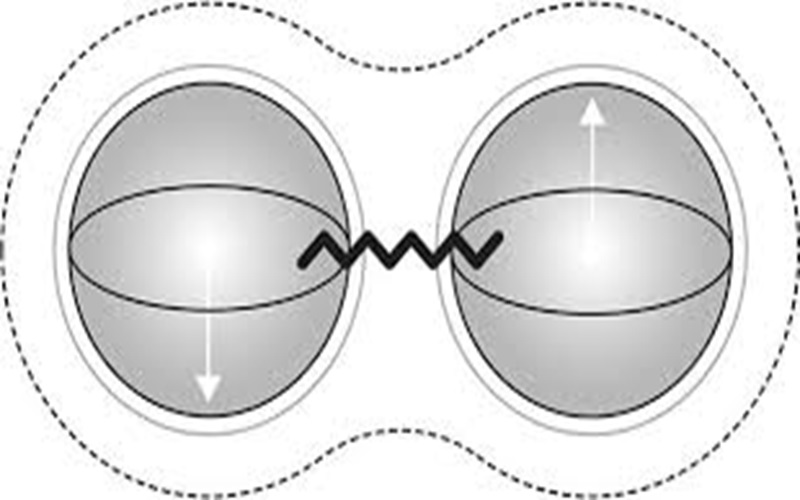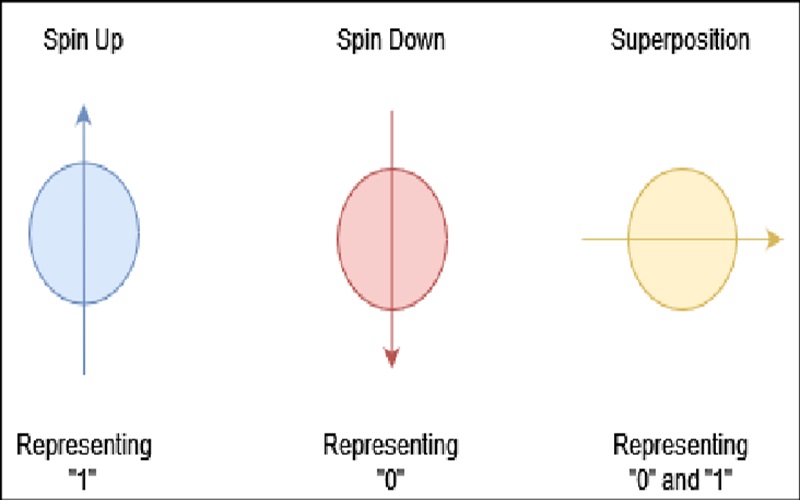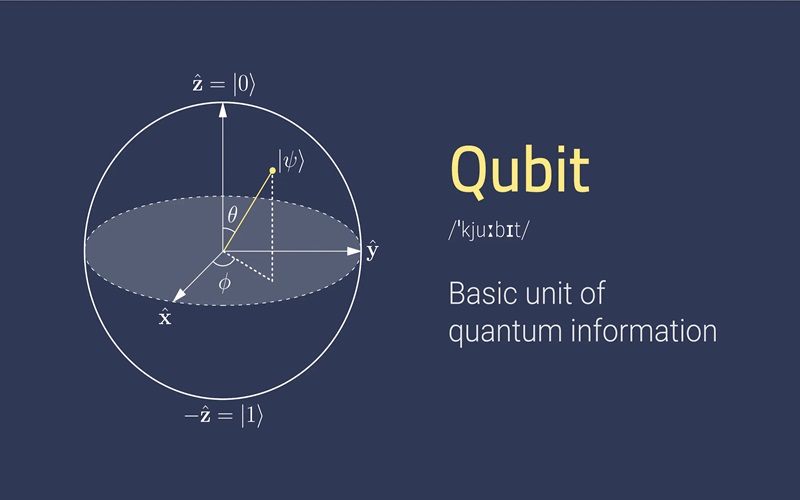
Quantum Parallelism: Simultaneous Computation
Quantum Advantage: Solving Problems Faster
Limits Of Classical Computing: Where Quantum Shines
Entanglement
Superposition: The Magic Behind Quantum Speed
Optimization And Machine Learning
Solving Complex Data Science Puzzles
Enhanced Data Security
A Leap Beyond Traditional Computing
Qubits: The Quantum Building Blocks
Quantum computing has completely changed the scenario and is a promise to shape the world in multiple ways that we cannot even think of. We have paved our way to this journey and as we embark on this journey of quantum frontier. In this article, we’ll explore landmarks from quantum algorithms to the materials that real quantum computers are made from. As we delve deeper into the quantum landscape, we come across a vast expanse of potential applications. Quantum computing has transformed the fields of finance, healthcare, logistics, and materials science. The potential of quantum computing is still staggering and it’s essential to keep exploring this side of it.
Quantum computing can harness the power of quantum parallelism. Classical computers operate in a sequential manner where one instruction is executed at a time. Whereas, quantum computers work differently. Quantum computers have qubits to explore multiple solutions at the same time. For illustration take a complex problem, for example, searching for a specific name in a phone book. By using a classical computer, I methodically turned each page, checking every name one by one. On the other hand, a quantum computer would engage in several possibilities, which means it will search for names all at once. This parallelism is inherited in quantum computers which them a tremendous advantage when it comes to addressing certain types of issues. For instance, in cryptographic applications, quantum computers can quickly test multiple encryption keys at the same time, while it would have taken a much larger amount of period if done using a classical computer.

Quantum computers have excellence in solving problems that are particularly challenging for classical computers. A standard example of this is Shor’s algorithm. A quantum algorithm that easily factors large numbers. This task underpins many encryption methods. If one had it done with classical computers, it would take an ample amount of time. Shor’s algorithm identifies as a significant threat to conventional encryption, which relies on the fact that it is difficult to factorize large numbers into their prime components. Quantum computers can undermine this foundation of data security. Grover’s search algorithm is another such example of quantum gem. It can search for an unsorted database 4 times faster than classical algorithms. This implies that as the dataset grows larger, the potential of quantum computing increases. For example, searching through a massive dataset for relevant information becomes an easier task with the help of quantum computers.

Classical computers, no doubt are remarkable in their ways, but they also have their limitations. Sometimes the issues that arise are computationally very intensive. Even the most powerful classical supercomputers in such cases struggle to tackle them efficiently. The introduction of quantum computing is like that of a superhero and it offers a new dimension of computational power. Classical computers find it difficult to mimic the behaviour of quantum particles accurately. Quantum computers are designed to model quantum interactions naturally and hold the promise of revolutionizing these fields.

Entanglement is another concept related to quantum computers. It plays a crucial role in quantum computing. A single qubit is responsible for the influence on the state of its entangled partner, regardless of what physical distance between them. Einstein referred to this phenomenon as “spooky action at a distance.” Entanglement is like having two quantum coins each in superposition. When you measure one to be heads, the other instantly becomes tails, no matter what distance is between them. This property encourages the creation of highly correlated quantum states.

The phenomenon that is responsible for quantum computer’s extraordinary qubits is superposition. Because of superposition, qubits exist in a combination of 0 and 1 states in varying proportions along with all possible states in between. This simply means that while a classical computer can only process one bit of information at a time, a quantum computer can process multiple possibilities all at once. Consider, you are flipping a classical coin. It can be heads (0) or tails (1). Now, imagine that you are flipping a quantum coin in superposition. It can be in any combination of heads and tails simultaneously, such as 60% heads and 40% tails. This inherent parallelism grants quantum computers an incredible advantage when solving certain types of problems, particularly those that involve exploring numerous possibilities at once.

The discovery of quantum computing is a promise in optimizing complex systems and encouraging machine learning algorithms. Imagine refining supply chain logistics or financial portfolios at a speed and efficiency which earlier were impossible. Quantum-enhanced machine learning can unleash patterns and insights that are hidden within vast datasets.

Entering into the complex data-science system, we come across various issues, those that stretch the limits of classical computers. Quantum computers exhibit an extraordinary capacity where they can outperform classical computers in addressing specific problems. An illustration of such a problem is factorization. This task is crucial for encryption methods. Quantum computers can turn revolutionary by unravelling these cryptographic puzzles faster than their classical counterparts.

The world of quantum not only brings challenges but also solutions to data security. Quantum cryptography grips the principles of quantum mechanics in creating communication channels that cannot be hacked. Through quantum computing, we can revolutionize data protection.

What if your regular computer is trained such that it is as skilled as a human librarian who can sort through an immense library of books? Each book represents a specific piece of information. The librarian reads them one by one to identify what you need. Now, imagine a quantum computer as a magical librarian who can read all the books simultaneously, thanks to the peculiar principles of quantum mechanics.

In quantum, bits transform into qubits. Classical bits exist in either a 0 or 1 state, qubits can exist in both states at the same time. This unique characteristic is known as superposition. Superposition allows quantum computers to process vast amounts of information simultaneously. This offers an unparalleled advantage over classical computers.

The principles of quantum mechanics are a promise and a challenge to our classical intuitions about the world. It has introduced concepts like superposition, entanglement, and uncertainty. We continue to explore these principles with a promise of quantum technologies transforming our technological landscape, from computing and cryptography to sensing and beyond.
LATEST TECHNOLOGY ARTICLES
LATEST TECHNOLOGY NEWS